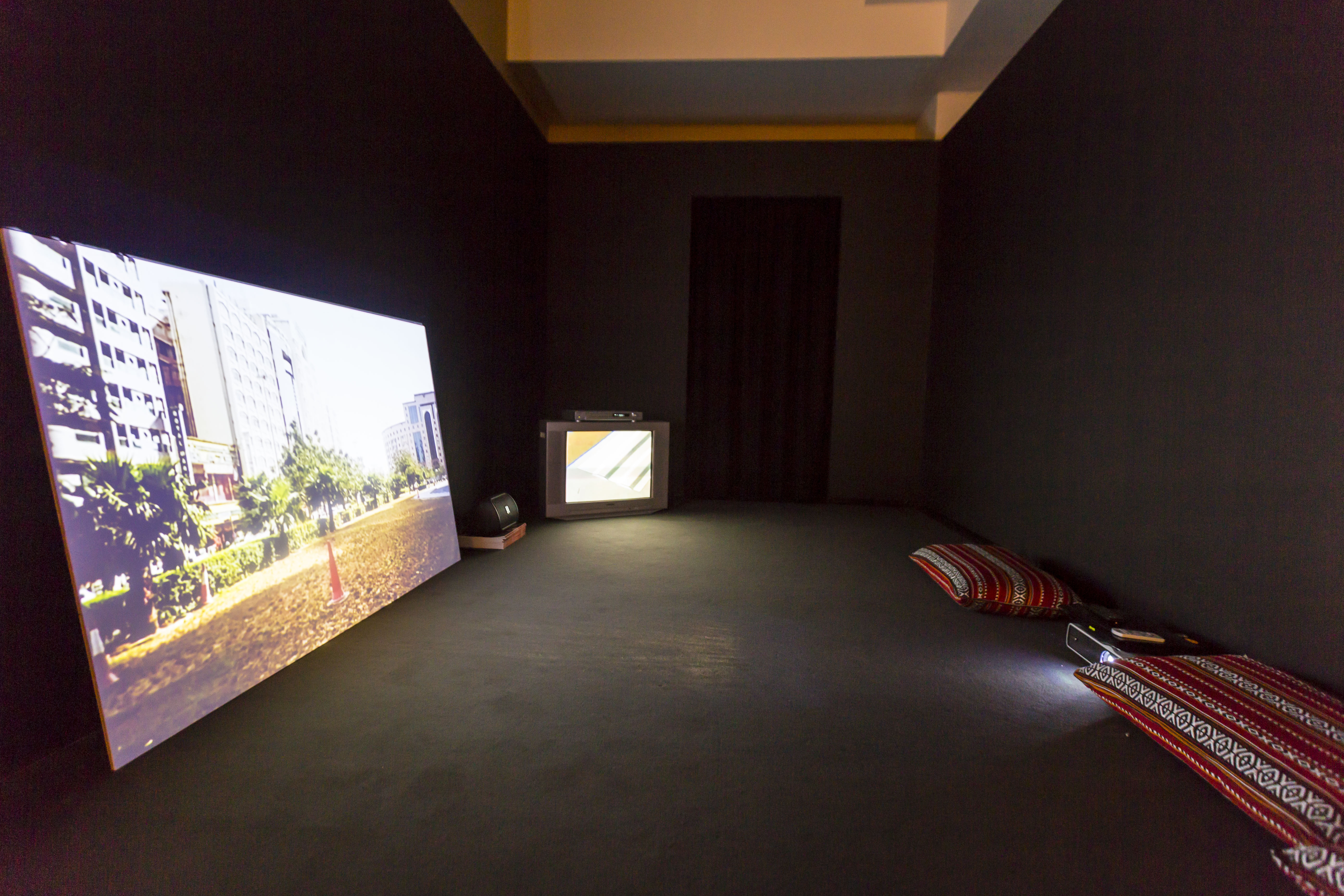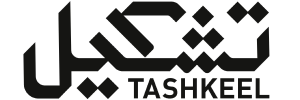It may have been where the tales of Sinbad and Aladdin came from - Hind Mezaina
21 June 2015

Hind Mezaina has been researching the developments that have been happening in Dubai since the 1970s and 80s through photography and archival material. Focusing on the area of Deira, Hind made It may have been where the tales of Sinbad and Aladdin came from, a narrated video out of her still photography, where she took images of the fast changing construction sites and areas around them.
The material she used in her script is taken from various resources, especially PR language. A monitor placed next to the video displayed archival footage from the 1960s and 70s, shot in Deira. The installation’s form, on wooden board and monitors, reflects the fast changing and breaking up of public space and personal memories.
_________________________________________________________________________________________________________________
Munira Al Sayegh: Was there a key moment that triggered the overarching theme of nostalgia in your work?
Hind Mezaina: Dubai, my hometown and the city I live in is changing constantly, at a pace that is hard to keep up with mentally and emotionally. I’m trying to hold on to some sense of history that gets easily overridden, forgotten and even replaced. I guess that’s where ‘nostalgia’ comes in, but I don’t want my work to just be about nostalgia. It is also about the image of Dubai, what it represents to its residents and visitors.It’s something I’ve always been observing and trying to express it through my work.
MS: What elements do you look to hold onto when looking at the constant catalyst of change Dubai goes through?
HM: The modern heritage of Dubai and the collective history and memories vs. private history and memories of the city. The changes that happened in the 1970s-80s and its impact today. To me it’s a very important chapter in Dubai’s history that I don’t see celebrated. When it comes to heritage, the visual representations we see are barajeel (wind tower houses), dhows, falcons, camels and the desert. And when it comes to celebrating modern Dubai, we usually see images of Burj Khalifa. What about what happened between these two periods? That’s the part I’m trying to hold on to.
MS: How has this been translated into your work?
HM: It’s through the images I take of the city, its architecture and its spaces. Showing parts of Dubai that still exist, that feels ‘mature’ even though to some it feels like a distant memory, referred to as, ‘old Dubai’. It’s through questioning when does old get old in this city. It’s work that I think is a combination of documentation, preservation of memory and an homage.
Lara Khaldi: For the video made for Art Dubai, you use, in your script different press releases, why are you interested in PR language? And in the context of Dubai do you see it invading everyday language in general? Is there an interest in the projection into the future that it produces since it’s always about projects in progress?
HM: I’m always amused by PR language, especially here where everything sounds very grandiose and speculative. This is especially evident in the property and hospitality sector.
You see it everywhere, on the roads on billboard ads, print advertising, on the radio and on TV. I think it has invaded the way of thinking about Dubai. I guess the aim is to always portray that anything is possible in Dubai, Dubai is a city of dreams and ambitions, but when each project tries to out do the previous one, when does it reach breaking point?
LK: What resources do you use for the script in the video and why?
HM: I referred to some recent articles announcing new development properties in our local English language papers. I also looked at stories and information in dubaiasitusedtobe.com, which goes back to the late 1950s/early 1960s, and old films about Dubai, one of them is titled Absolute Dubai made in the early 1980s. The stories from the website and films sounded nostalgic but also had references to Dubai as an ambitious city, where a lot has changed in a short time - so whilst I was doing all this research, I realized perhaps not much has changed in Dubai after all. There were big plans in the late 1960s through the 1980s (just as we see today), e.g. Al Maktoum Bridge, Shindaga Tunnel, and World Trade Centre, Jebel Ali Port. The scale has changed but it looks like Dubai has always strived to showcase itself as a ‘world class’ city wanting to attract tourists and people to move here and always wanting to build and expand the city. I wanted to blend and combine all these stories and articles, past and present and overlay them to see what kind of narrative I can create to accompany my photos.
LK: In the video how do the images and the script work together? There is a foreboding mood in all your photographs, why is that? And how does it relate to the script?
HM: The foreboding tone is mostly because of my prediction that Deira as we know it will undergo a lot of changes in the near future (based on the recent announcements of new construction developments). I wanted to use the script, which is a combination of old and new stories and overlay them with photos of Deira I took during this residency. I wanted to play with time and memory and also to let the viewers see there is a part of Dubai that has been functioning and thriving for the past 40 years and important to its history, and shouldn’t be easily erased to replace it with new glass towers or faux heritage sites.
